Repeatedly abused and victimized, the kind-hearted Beverly Marsh is one of King’s most tragic characters who definitely deserves a real redemption story.
“Welcome to the Losers Club” is a seven-part series that looks at and analyzes each member of the famed Losers Club from Stephen King’s It. It will be published in the weeks leading up to “It: Chapter Two”. Beyond this point, there will be spoilers for the novel It and for the film “It: Chapter One”. There will be discussion of extremely upsetting topics. such as bullying and racism. Please proceed with caution.
Part One: Mike Hanlon
Part Two: Ben Hanscom
Beverly Marsh is the lone female member of the Losers and is every bit as fiery as her iconic red locks. Beverly is quick witted and has a strong presence in the group, holding her own with the six other boys and becoming an integral part of the group.
Despite her spirited exterior, Beverly has her own set of troubles at home. She is relentlessly verbally and physically abused by her father who has an unhealthy and incestuous obsession with his pubescent daughter. As an adult, Beverly goes on to continue a deadly and all too realistic cycle by marrying a man who is similarly abusive like her father. When It returns, Beverly is forced to dig deep inside herself to find the strength of the young girl that she once was to be able to break free from her husband and defeat It.
Beverly is set apart from the other Losers, not only because she is a girl but because she is a victim of sexually charged violence.
Her father, the despicable Alvin Marsh, abuses Beverly constantly and tells her that it’s because he loves her and that girls need more discipline. Because Beverly is young, she believes this and struggles with her ambivalent feelings toward her father. He has ultimately conditioned her to associate love with abuse and sets his daughter up to be re-victimized in the future. The reality is that he harbors sexual attraction to his own daughter, and the beatings are a way for him to manage those feelings.
Tony Magistrale, a King scholar, writes the following:
Bev’s father, for example, abuses his daughter in physical beatings that barely mask his repressed incestuous urges. He has done permanent psychological damage to her, as her eventual choice of marriage to Tom is simply a continuation of the violent pattern that originated with her father and extends beyond him to Pennywise the Dancing Clown. (112)
What’s even more heartbreaking is that Beverly’s mother, who is completely absent from the film and hinted to have either left the family or be dead, has a suspicion that her husband has designs on their daughter. She even goes as far to ask Beverly if Alvin has been inappropriate with her. Beverly doesn’t fully understand the question and tells her no. However, this is as far as Beverly’s mother pursues the matter and leaves the issue at just that question, going against her intuition to protect Beverly.
For the most part, Beverly is left to face the world alone without anyone who truly cares about her.
The Losers provide Beverly with a safe place and a way to escape from her father’s routine abuse. Beverly cultivates loving and meaningful friendships with the boys. She experiences true compassion and unconditional care. For the first time in her life, she learns that love doesn’t have to be about pain and violence.
Beverly has healthy dynamics with each boy, and there is mutual respect among the friend group. She strives to keep her friendships a secret from her father due to his tremendously and claustrophobically possessive nature. Alvin does eventually learn of Beverly’s time spent with the young boys, and the resulting scene is decidedly arduous to read. Alvin berates his young daughter and insinuates that she has been having sexual relations with the six boys. He then makes an attempt to check and see if his daughter is still “intact.”
The scene plays out differently in the movie. A lot of what takes place is expertly left to subtext and insinuation, and blessedly more mild than the scene in the novel. It’s also satisfying to see Beverly take control of the situation and flip the script on her long time abuser.
Muschietti made the right call with many of the tweaks to the storyline, and this is just one of them.
I would address the infamous scene where Beverly has sex with each boy in the sewers in order to create an even deeper bond between them all in detail. But it doesn’t feel important broach the subject at length, since it’s clear that it has no place in the films. One could write a whole piece on this particular scene itself.
King expressed regret over the scene and commented on the scene saying:
“I wasn’t really thinking of the sexual aspect of it. The book dealt with childhood and adulthood — 1958 and Grown Ups. The grown ups don’t remember their childhood. None of us remember what we did as children — we think we do, but we don’t remember it as it really happened. Intuitively, the Losers knew they had to be together again. The sexual act connected childhood and adulthood. It’s another version of the glass tunnel that connects the children’s library and the adult library. Times have changed since I wrote that scene, and there is now more sensitivity to those issues.”
In hindsight, it seems like Beverly having sex with the boys was a self-fulfilling prophecy spoken into existence by her own perverted father.
It’s been a part of the book that has received much controversy and much debate, but it is not a scene that defines the book as a whole. And it is one that is better left out of the storyline of the characters and the overarching plot of the two movies.
Screenwriter of both installments of It, Gary Dauberman, commented:
“Besides Georgie in the sewer, I think it’s the one scene that everybody kind of brings up, and it’s such a shame. While it’s an important scene, it doesn’t define the book in any way I don’t think, and it shouldn’t. We know what the intent was of that scene and why he put it in there, and we tried to accomplish what the intent was in a different way.”
It’s especially painful for the reader to see when Beverly grows up that she becomes a victim of spousal abuse.
In a way, the return of It is a blessing for Beverly because it forces her to reconnect with her old self and quite literally fight her way out of a bad relationship. When we meet Beverly as an adult, she is a woman who is beaten down in every sense of the word. There’s still a glimmer of the vital girl that she was there. And she has become extremely successful within the fashion world.
Revictimization of women who are abused is far from being a rare occurrence. Beverly is like many real life women and falls prey to another abusive man. This happens to women of all walks of life and isn’t a reflection on their strength as a person.
Revictimization is often the result of deep psychological scarring.
In the article “The Revictimization of Adult Women with Histories of Childhood Abuse” James A. Chu says:
The revictimization of adults who have previously been traumatized as children appears to be an all-too-common occurrence. In clinical work with adults who have been severely abused as children, mental health professionals have repeatedly observed revictimizations such as physical or sexual assault, some of which seem to mirror the traumatic childhood experiences. (259)
Beverly’s husband, Tom, is a brutish man who saw a woman who had deep issues that he could manipulate to his advantage.
He takes it upon himself to control every aspect of Beverly’s life from her fashion design business to her smoking habit to their distressing love life. Tom expects Beverly to mind him like she is his child and even disciplines her using a leather belt. Beverly has been thrust back into the same position that she was as a child.
Revictimization can be a concept that people struggle to understand. Why would a person return to a relationship that echoes a past harrowing mistreatment? Again, James A. Chu provides us with insight into this and says, “The repetition compulsion in relation to childhood trauma is a key concept for understanding revictimization. Severe abusive experiences overwhelm the limited ego capacities of young children, leading to repression and dissociation of such experiences.” (260)
I have seen quite a few fans, critics, and even scholars attempt to use Beverly’s revictimization as a strike against her characterization, even though it’s common knowledge that it’s an event that happens to people in real life.
Muschietti handled the heavier subjects of the first film with the empathy and delicacy that the subject matter required.
I have no doubt in my mind that he will handle the matter of Bev’s abusive marriage with the same care and quality. It was a brilliant move in respect to this to cast Jessica Chastain as the older version of Beverly, due to her career history of playing complex women and her personal attention to issues that burden women in the real world. Chastain herself has the depth and the skills to capture Beverly’s many facets.
It is very likely that we will see Beverly end up much like she did in the book. The first trailer brought us back to familiar territory when Beverly finds the postcard with the haiku from Ben in her childhood apartment. Beverly beams sweetly at the card. Meanwhile, in the distance, It disguised as Mrs. Kersh is up to nefarious dealings.
I believe we can safely predict that when Beverly leaves Derry a second time that she will be doing it with Ben.
We should also see that over the course of the movie, the two will find a grown up love together, and Beverly’s childhood crush on Bill will be resolved.
Fans have been continually teased with a near kiss between Bill and Beverly in the promotional material, but it’s also important to take note of the fact she and Ben are often in close proximity to one another in most of the footage shown. It would be nice to see some of her exchanges with Bill from the novel be handed off to Ben in the film, particularly the exchange where she finally admits she hated her father.
Thankfully, her husband Tom dies after following her to Derry and becoming entangled in It’s machinations, and she is left blessedly widowed. I guess that you can say that It came in handy at least once over the course of King’s horror epic. It would be a nice touch to see Beverly’s future after leaving Derry a second time and what a life without Tom’s oppressive presence would be like — since King left her ending ambiguous beyond her and Ben leaving together and Mike suspecting that the two were already sleeping together.
A more concrete bookend might help offset the sadness and make the ending a little more bittersweet.


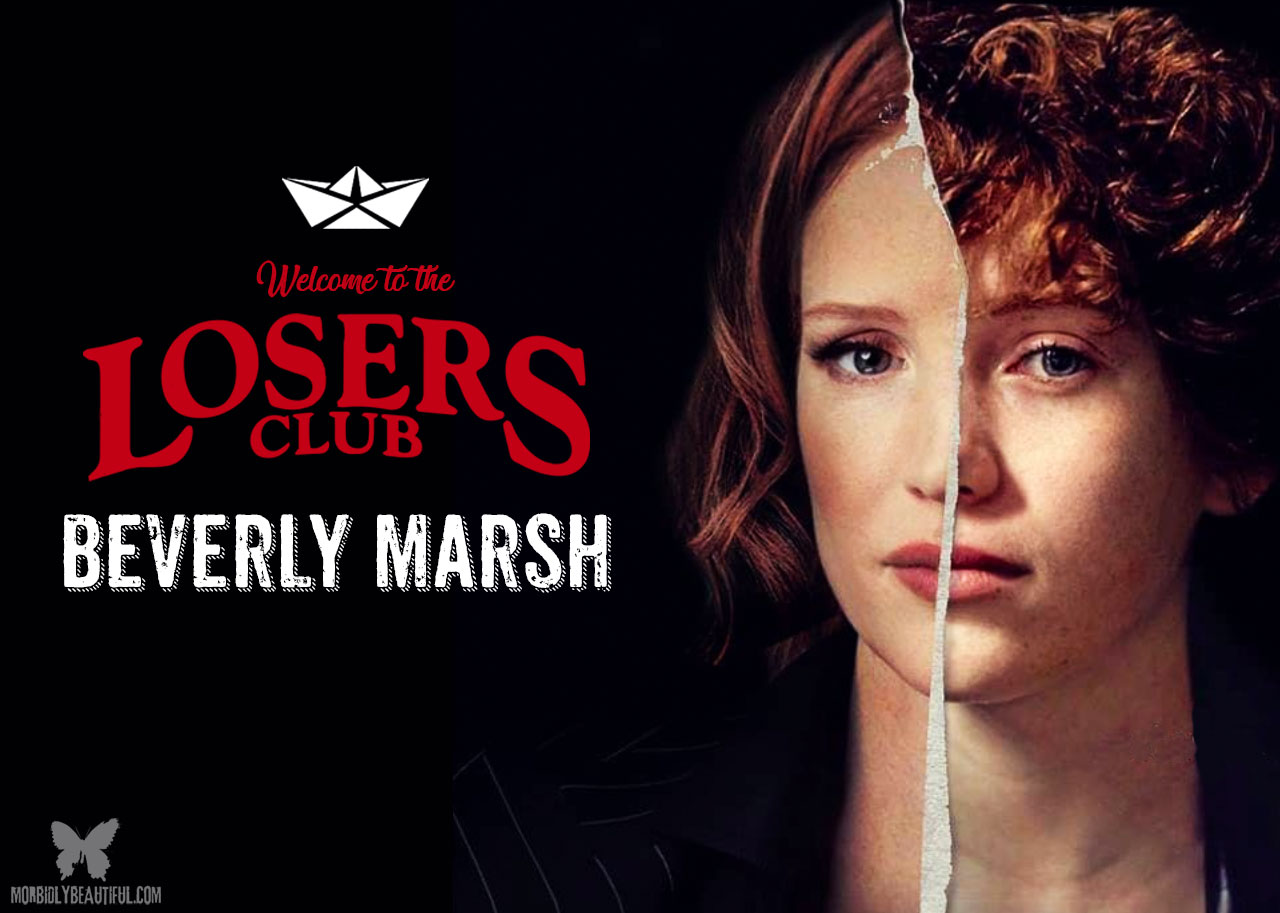
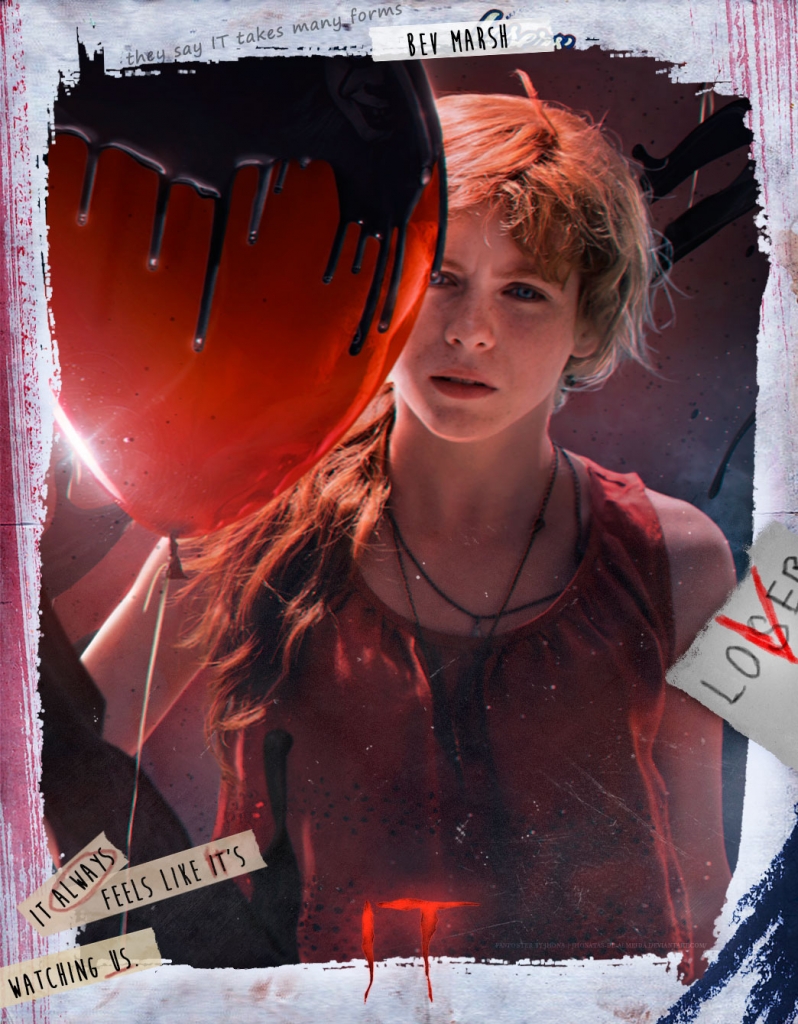
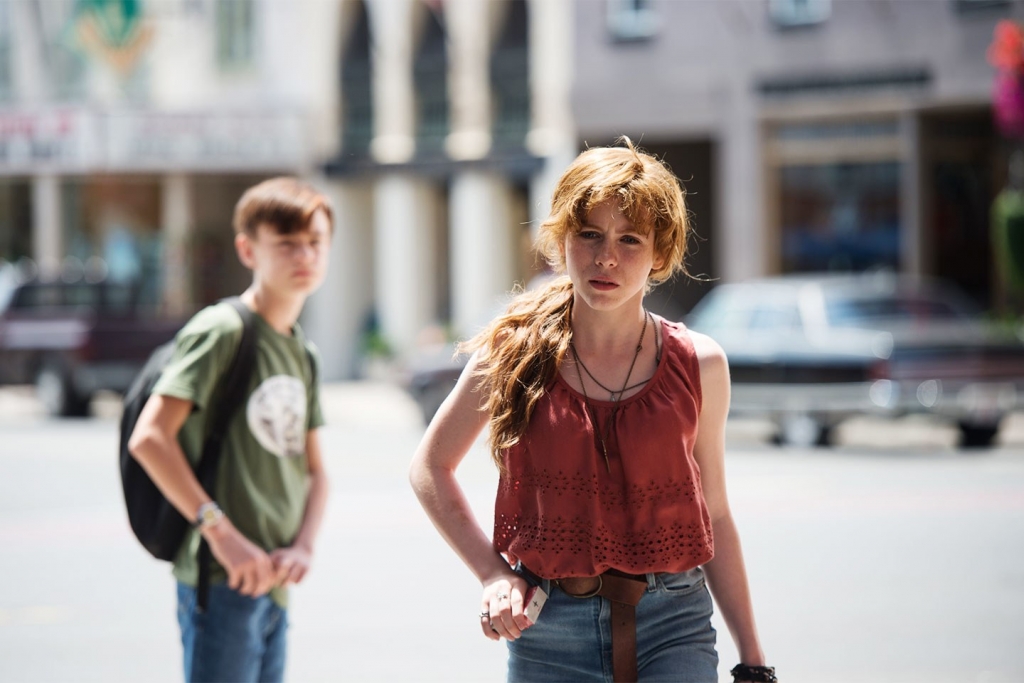
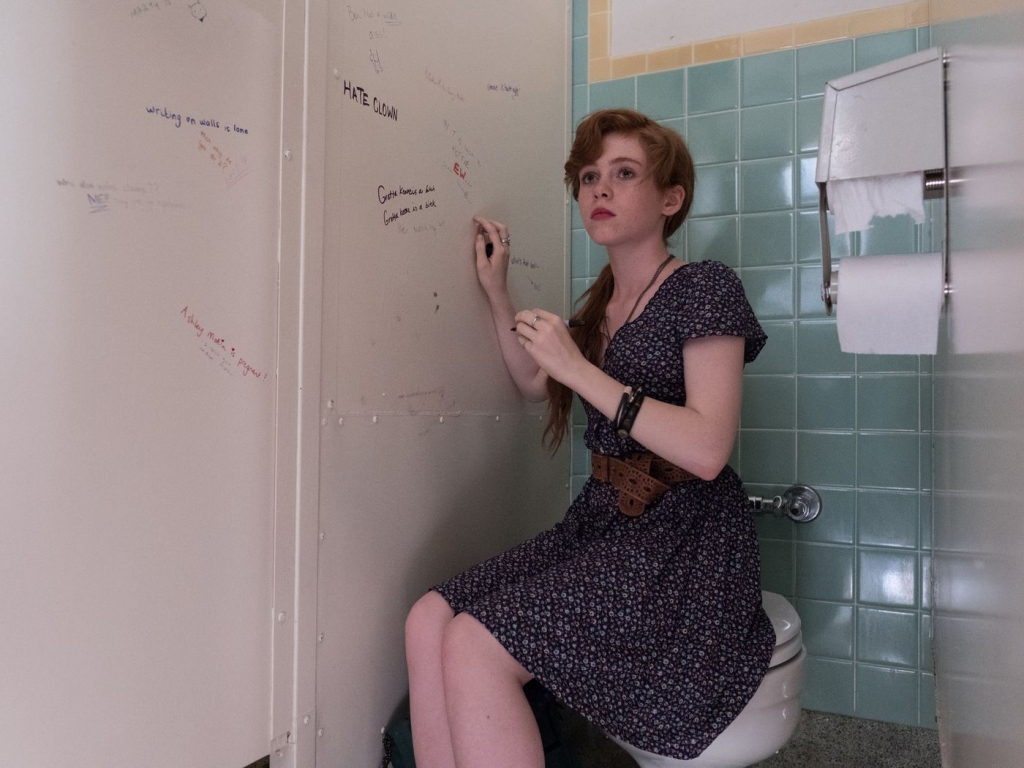
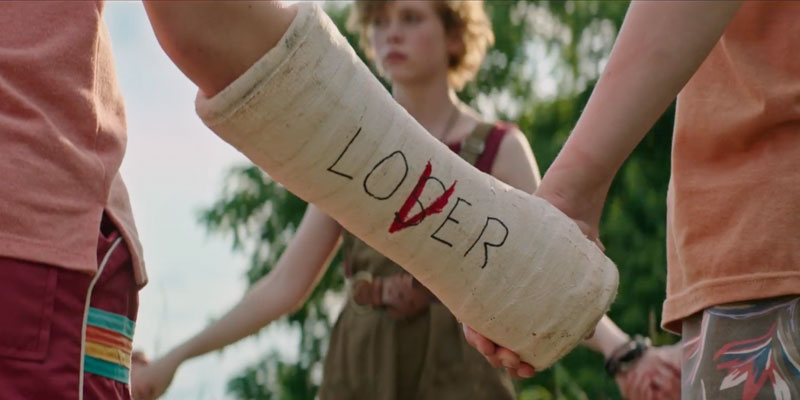

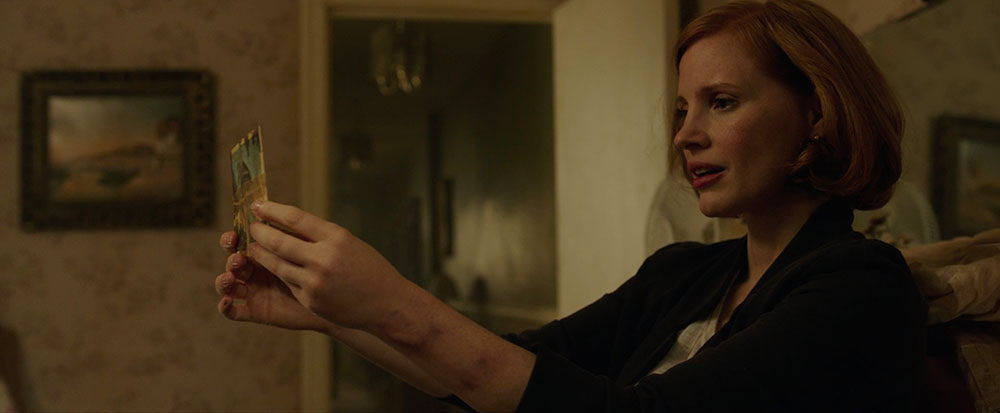
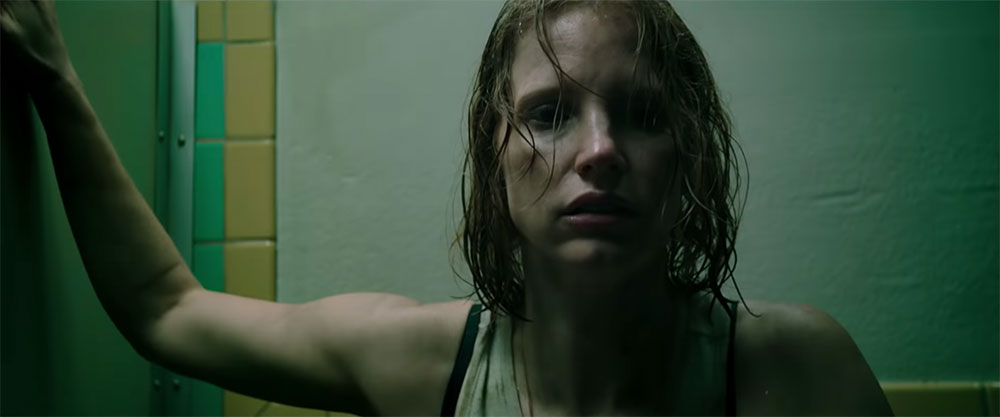

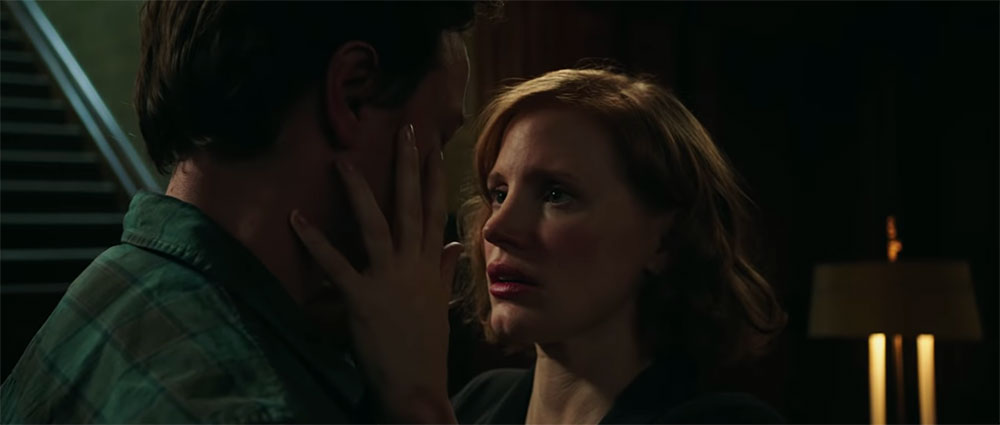


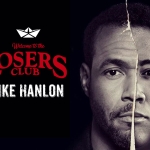








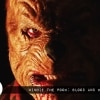
Follow Us!